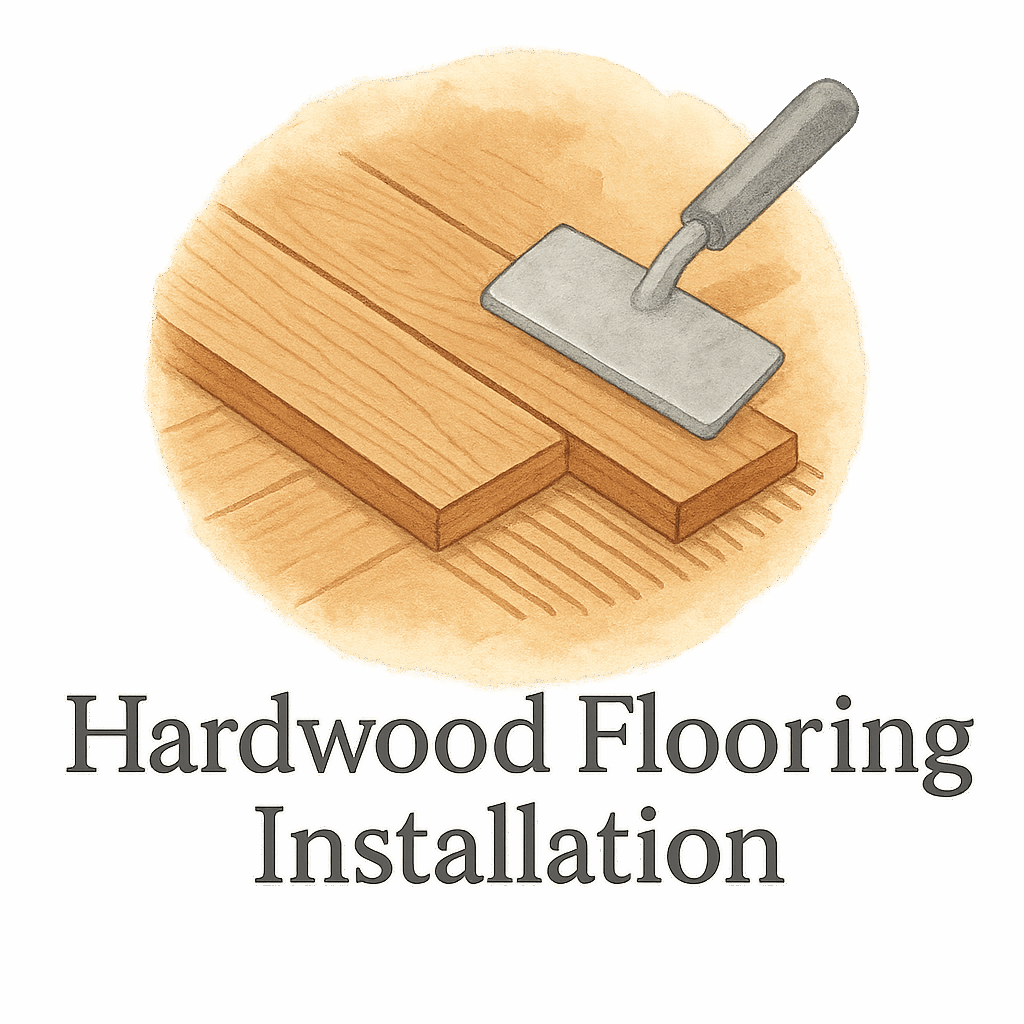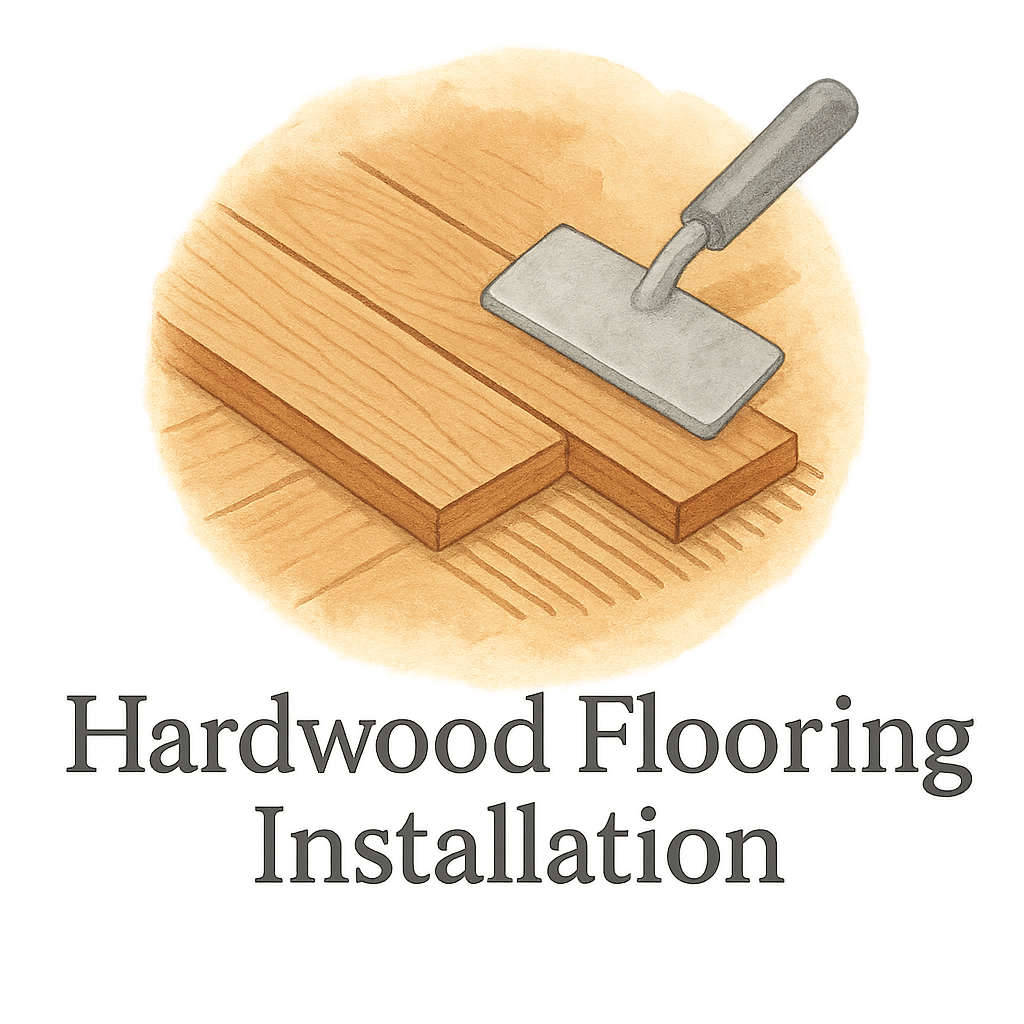Installing hardwood floors? You’re probably dreaming of a flawless finish, a gleaming surface, and a room that looks straight out of a magazine. But hold on—before you even think about unpacking those beautiful planks, there’s one crucial step you can’t afford to skip: cleaning the area properly before hardwood flooring installation.
Let’s dive into the 11 ways to get your space spick and span so your flooring project doesn’t hit any snags. Whether you’re a DIY enthusiast or hiring a pro, these tips will set you up for a smoother install.
Why Cleaning Is Crucial Before Hardwood Flooring Installation
Avoiding Long-Term Damage
Dirt, dust, or moisture left behind can create major problems—think creaks, warps, or even rot. Not the kind of “vintage character” you’re aiming for.
Ensuring Proper Adhesion
If you’re gluing down your hardwood, any debris can weaken the bond between the planks and subfloor. That’s a no-go.
Creating a Professional Finish
A clean workspace leads to crisp lines, tight seams, and zero regrets.
You don’t want to install beautiful wood over a mess—that’s like putting lipstick on a pig.
Tools and Materials You’ll Need
Before we get hands-on, grab the essentials:
Cleaning Supplies Checklist
- Industrial vacuum with HEPA filter
- Microfiber mop
- Mild detergent
- Bucket and warm water
- Floor scraper or putty knife
- Sandpaper or floor sander
- Leveling compound
- Sealant or caulk
Safety Precautions Before You Start
- Wear gloves and a mask
- Ensure good ventilation
- Keep kids and pets away from the work zone
Now, let’s get cleaning!
1. Declutter the Entire Space
Start with the obvious—get rid of everything. Furniture, rugs, even that random sock under the couch. A clear room gives you full access to clean every inch and inspect potential issues.
✅ Pro Tip: Take photos of your layout to help you plan your new flooring pattern. For layout inspiration, visit tag/layout.
2. Remove Old Flooring and Residue
If you’re replacing old flooring, rip it out completely. Peel up vinyl, remove tile, or pull out carpet and padding. But don’t stop there.
What If There’s Leftover Glue or Mortar?
Use a scraper to remove all adhesive residue. Sticky surfaces spell disaster for new hardwood. If needed, use a chemical adhesive remover—just make sure it’s suitable for your subfloor type.
Check our DIY flooring installation guide if you’re doing the removal yourself.
3. Inspect for Water Damage or Mold
Before moving on, check for soft spots, discoloration, or that funky musty smell. These are red flags.
Moisture Can Ruin Hardwood
Hardwood and water are sworn enemies. Use a moisture meter to check subfloor levels. If it’s too wet, pause and fix the issue first.
If you spot mold, head over to tag/damage for advice on removal and repair.

4. Vacuum Thoroughly
Once the debris is gone, break out the vacuum. Use one with a HEPA filter to suck up all dust and fine particles. A shop vac is ideal, especially for corners and edges.
Still unsure what tools you need? Here’s our breakdown of flooring tools and materials.
5. Use a Microfiber Mop
After vacuuming, mop with a damp microfiber cloth. Why microfiber? It grabs dust instead of spreading it around like a traditional mop.
Avoid soaking the floor—too much water can seep into cracks and cause swelling.
Need more cleaning tips? We’ve got plenty.
6. Eliminate Stains and Sticky Residue
Got gum, glue, or something unidentifiable stuck to the floor? Use a gentle adhesive remover or a vinegar-water solution to break it down. Scrub with a sponge and let it dry fully.
For more ideas, check out the best cleaning methods tagged under tag/best.
7. Level the Subfloor and Sand if Needed
Use a level to check for dips or humps. Uneven surfaces can cause flooring planks to shift, creak, or even crack.
If it’s a little uneven, use a sander. For larger issues, apply a self-leveling compound. Don’t skip this—it’s a major flooring prep step. For more info, visit flooring preparation.
8. Seal Cracks and Gaps
Tiny cracks and gaps in the subfloor may not seem like a big deal, but they can trap moisture and cause instability.
Use caulk or sealant to fill them in. This also helps block pests and reduces sound transmission.
Explore flooring maintenance and repair to future-proof your installation.
9. Dry the Area Completely
Moisture is your hardwood’s worst enemy. After mopping or sealing, give the room time to dry completely. Use fans, open windows, or a dehumidifier.
If you’re in a humid climate, this step is non-negotiable.
10. Wipe Down Walls and Baseboards
Dust can fall from baseboards and walls after you clean the floor. Avoid the frustration—wipe these down too.
It takes a few extra minutes but saves you hours of cleanup later.
Need more prep guidance? Explore our flooring prep tips.
11. Do a Final Inspection
Run your hands over the floor, double-check edges, and make sure there’s no lingering debris. Walk across the room in soft shoes or socks—listen and feel for any odd spots.
Snap a photo of your cleaned space—you earned it!
Bonus Tips for a Clean Installation Area
Common Cleaning Mistakes to Avoid
- Using a soaking wet mop
- Skipping subfloor inspection
- Forgetting to clean around corners and vents
- Not letting the area dry fully
Recommended Products and Brands
Stick with pH-neutral cleaners, microfiber pads, and sealants designed for wood or concrete subfloors. Don’t wing it—read the label!
Conclusion
Cleaning before a hardwood floor installation isn’t just about tidiness—it’s a critical step that directly impacts the durability, performance, and appearance of your new floors. With a solid prep routine, you can avoid costly mistakes, extend the life of your floors, and walk away with a finish you’ll be proud of.
Want help estimating the time and cost of your flooring project? Use our flooring cost-time estimator.
For more guides like this, browse our tags on flooring, install, and home improvement.
FAQs
1. Can I install hardwood floors without cleaning first?
Technically yes, but it’s a huge mistake. Skipping the cleaning step can lead to adhesion problems, mold growth, and uneven surfaces.
2. How long should I wait after cleaning before installation?
Let the area dry completely—usually 24 to 48 hours depending on humidity levels.
3. What’s the best vacuum for prepping a floor?
Use a shop vac with a HEPA filter. It pulls up fine dust and debris that regular vacuums miss.
4. Do I need to remove baseboards before installation?
It’s recommended. Removing them makes it easier to install flooring and gives you cleaner edges.
5. Should I hire a pro for floor cleaning before installation?
If you’re unsure about moisture levels or have mold issues, a pro can save you time and prevent major problems.
6. Can I use bleach to clean the subfloor?
Nope! Bleach can damage wood and isn’t safe for prep. Use pH-neutral cleaners or products made for subfloors.
7. Where can I learn more about common flooring mistakes?
Check out our tag mistakes to avoid rookie errors during your flooring journey.


